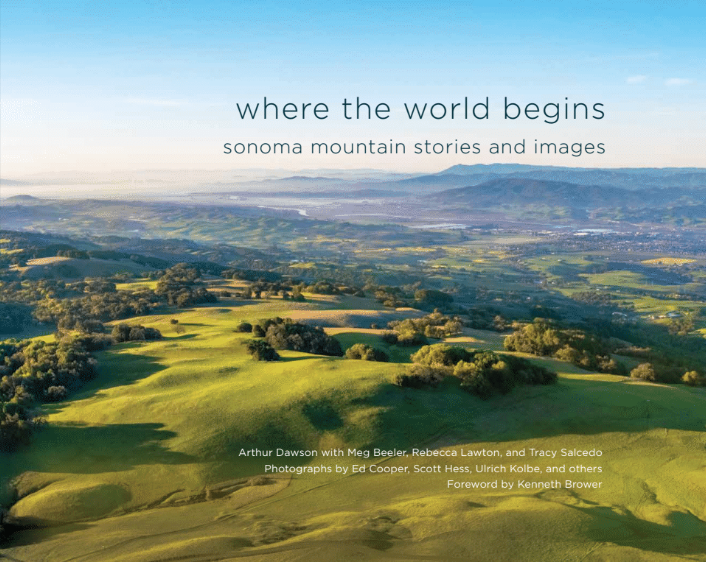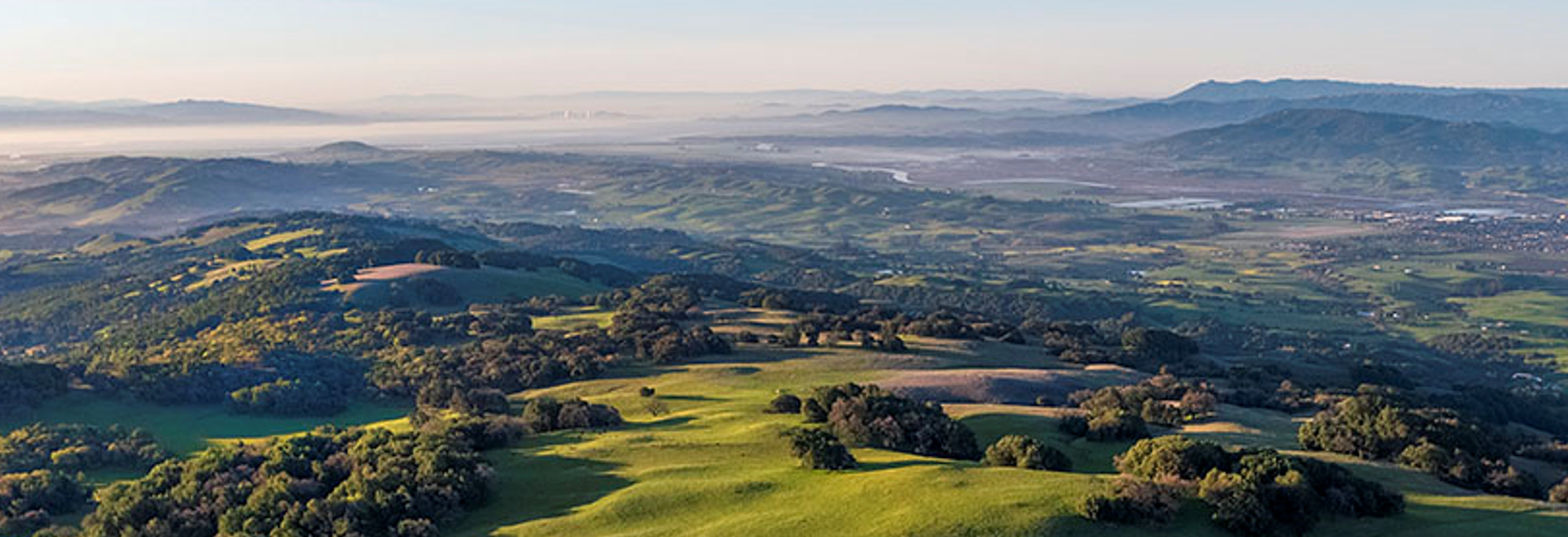Protecting Green Places Between Our Cities
Five of the “community separators” set to expire at the end of 2016 surround Sonoma Mountain. Some of them are linked directly to wildlife corridors that allow travel from the Mayacamas to the mountain and beyond.
Twenty years ago, voters countywide adopted an initiative to preserve these sorts of green places between Sonoma’s towns and cities. The County Board of Supervisors is now developing a ballot measure to renew voter protections.
The community separators have prevented housing tracts and shopping malls from sprawling into these open space buffers, ensuring that significant stretches of natural and working lands between our communities continue to thrive and grow. See Maps of Sonoma County Community Separators.
Sonoma County’s community separator policy prevents county leaders from approving major housing, commercial, and industrial development in designated lands between towns and cities. These popular voter-backed protections passed with more than 70% of the vote. Greenbelt Alliance is leading the way to renew and strengthen the voter mandate that protects community separators from Petaluma and Sonoma to Windsor and Healdsburg.
The purpose of community separators is three-fold—they serve as green buffers between cities and towns, contain urban development, and preserve the rural charm of Sonoma County’s landscape. The county’s eight community separators cover 17,000 acres of natural and farm lands. These policies complement the cities’ urban growth boundaries, which designate where a city can and cannot develop, by safeguarding adjacent unincorporated lands.
In addition to protecting green zones between communities from sprawl, community separators preserve farmlands, waterways, drinking water, groundwater recharge areas, wildlife corridors, water quality, hillsides, woodlands, and much more.
Greenbelt Alliance and other conservation organizations are advocating for enhancement and strengthening of our community separators, reminding us that. urgent needs for housing can be met within the footprint of our towns and cities.
Thanks to Greenbelt Alliance’s blog for sharing this article! If you’d like to get involved in the campaign, contact Teri Shore at tshore@greenbelt.org


